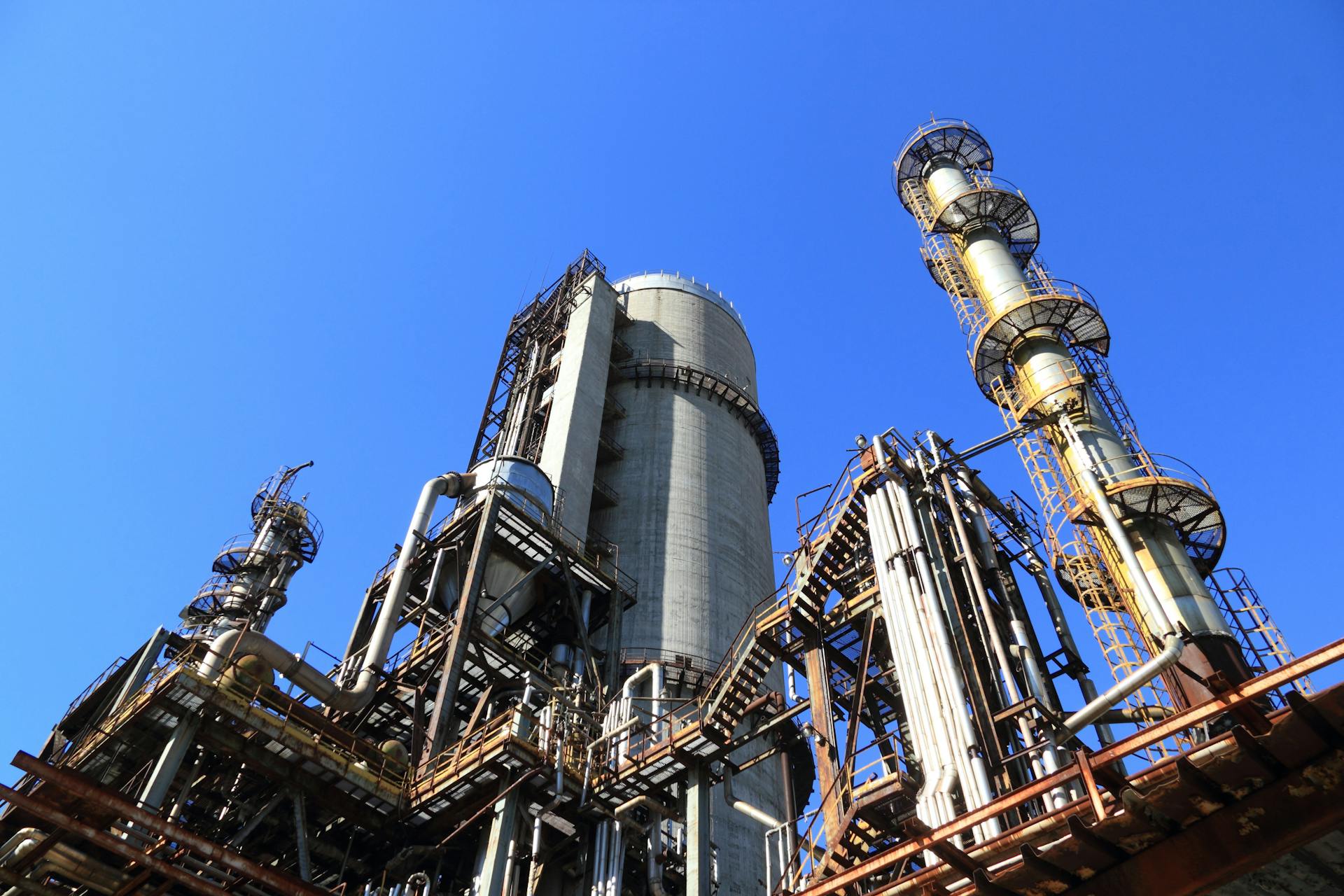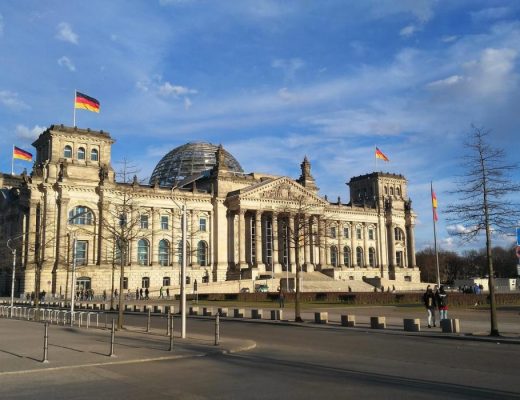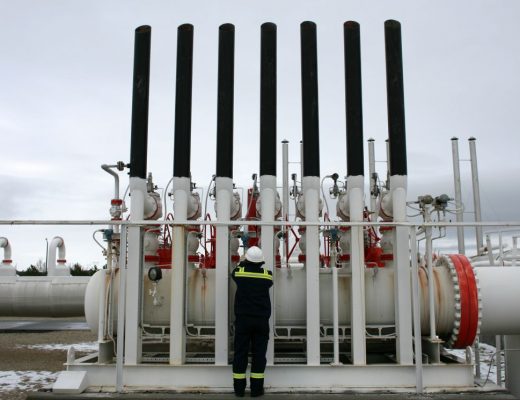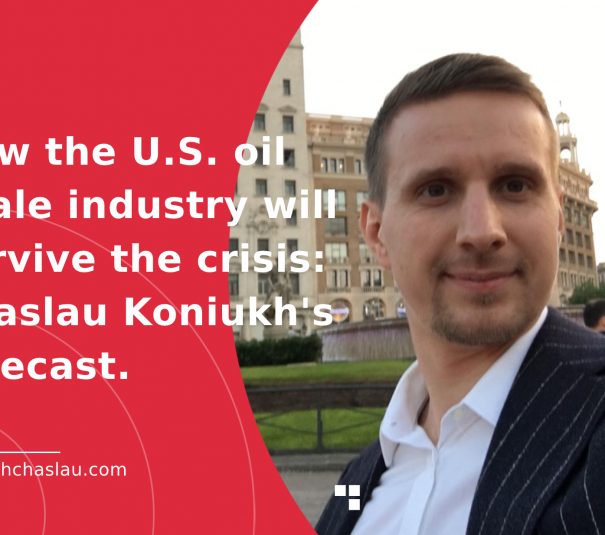The German producer price index continues to fall
Energy costs remain volatile, significantly impacting economic indicators, including the German producer price index. It has been on a downward trend over the past year, reflecting changes in the cost of sales for local producers.
In October, prices fell by 1.1%, in line with analysts’ forecasts. This result was better than in September when the index fell by 1.4%. Experts attribute the fall in the index to the fall in energy costs. In September, they fell by 5.6%, while in October, the situation was as follows:
– the cost of light heating oil fell by 22.7%;
– prices for petroleum products fell by almost 13%;
– natural gas prices fell by 10.1%;
– fuel prices fell by 12.1%.
Electricity prices also fell by 7.3%.
Output prices, excluding electricity, rose by 1.3%. Capital goods grew by 2%, motor vehicles and parts by 1.4%, and machinery and equipment by 2%.
Rising energy costs, raw material, and transport costs are significantly impacting the producer price index. These factors add to the pressure on companies, forcing them to find ways to optimise costs.
The German producer price index increased by 0.2% in October compared to September, when it was 0.5%.
Outlook
The German economy has slowed significantly in recent years. The main factors have been a decline in industrial activity, rising interest rates, and an increase in the cost of living, which has put consumer demand under pressure.
According to the European Commission’s forecasts for 2025, the German economy will continue to be held back by global and domestic uncertainty. This is having a negative impact on the consumer sector, reducing investment and limiting trade development. Global demand for manufactured goods is falling, forcing manufacturers to reduce production.
Key economic indicators and forecasts:
– 2025: Domestic demand is forecast to grow, driven by rising wages. GDP growth is expected to be 0.7%, and inflation to fall to 2.1%.
– 2026: The economy will continue to recover, with GDP growth of 1.3% and inflation falling to 1.9%.
Gradually improving domestic demand and falling inflation are reasons for cautious optimism. However, prospects for further growth will largely depend on the recovery of world trade and the industrial sector’s adjustment to changing conditions.










